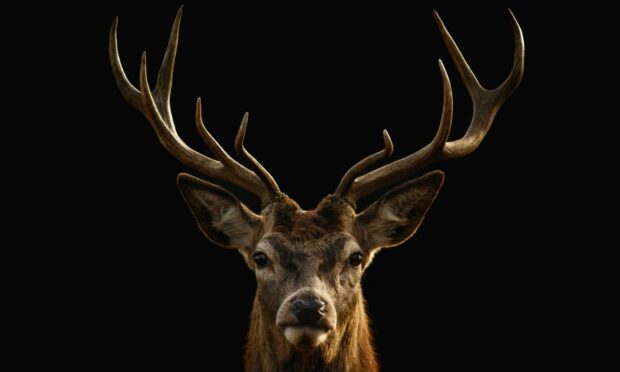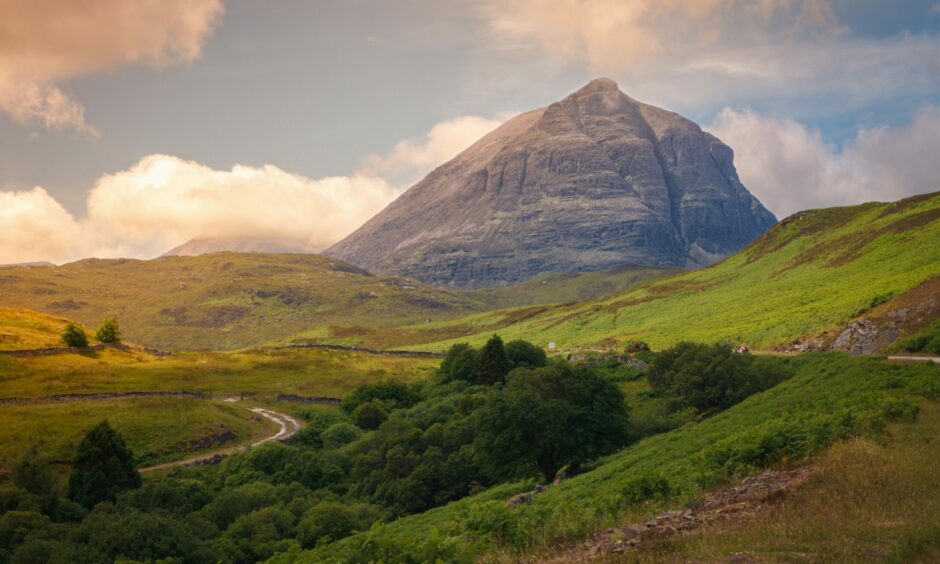Red deer are being culled in East Sutherland after a growing number have been deemed responsible for damage to natural habitats.
NatureScot has used their intervention powers to carry out a cull of red deer on the Loch Choire Estate in East Sutherland.
The decision was made after the organisation was satisfied the deer were having a “significant impact” on peatlands, woodlands and other habitats.
A large proportion of the affected areas are covered by protected area designations including four sites that are of special scientific interest.
The estate’s owner was accused by NatureScot of doing “little or no culling” in recent years and hasn’t responded to “repeated efforts to engage and find alternative solutions.”
‘Deer management is vital’
Donald Fraser, NatureScot’s head of wildlife management, said: “While deer are an iconic species and form an important part of our biodiversity, their high numbers and lack of natural predators mean that they can have a negative impact on peatlands, woodlands and other habitats.
“Sustainable deer management is vital if we are to bring populations in balance with nature and effectively tackle the twin crises of biodiversity loss and climate change.
“While we always favour a voluntary and collaborative approach to deer management, NatureScot will not hesitate to make use of the full range of powers available to us when necessary, to secure vital benefits for nature and climate.”
Sir Michael Wigan, chairman of the local East Sutherland Deer Management Group said: “The Deer Management Group is supportive of Nature Scot’s approach here due to the lack of this estate’s efforts to manage deer populations on the property and the need for local collaboration, which is important for effective and sustainable upland red deer management.”
‘Co-operation by landowners is required’
The Association of Deer Management Groups has also expressed support for this action.
Duncan Orr-Ewing, chairman of Scottish Environment Link’s Deer Group added: “We fully support this responsible action by NatureScot.
“In the context of the climate and nature emergencies, sustainable deer management – carried out humanely by expert stalkers – is required to reduce deer populations in some areas.
“Full co-operation by all relevant landowners is required to help deliver the public interest.”
The latest development comes after NatureScot granted a license to the John Muir Trust for out-of-season and night shooting of deer on its land on Quinag until the end of March.
Crofters strongly criticised the conservation body’s plans to carry out the “gratuitous” closed season deer cull on the West Sutherland mountain.
The Assynt Crofters’ Trust argued deer fencing would be an effective way to prevent damage “rather than indiscriminate killing which is unlikely to work in any case”.
However, John Muir Trust chief executive officer David Balharry says reducing deer density is essential for woodland restoration at Quinag.
He said: “Our objective is to allow recovery of the remnant woodlands on Quinag, which continue to suffer browsing damage from deer.
“After over a decade participating in the Assynt Peninsula Sub Group and the wider West Sutherland Deer Management group, there has been little progress.
“These fragile woodlands at Quinag continue to suffer damage as a result.”



Conversation